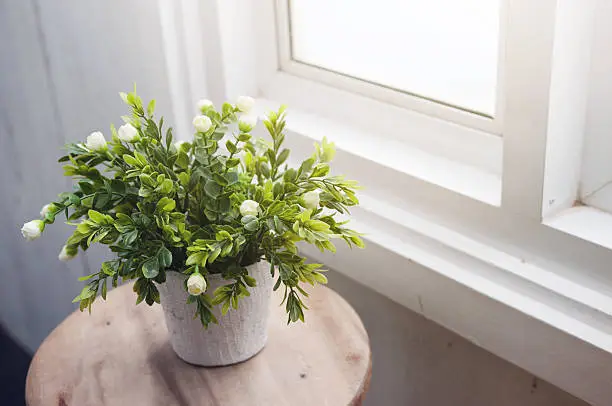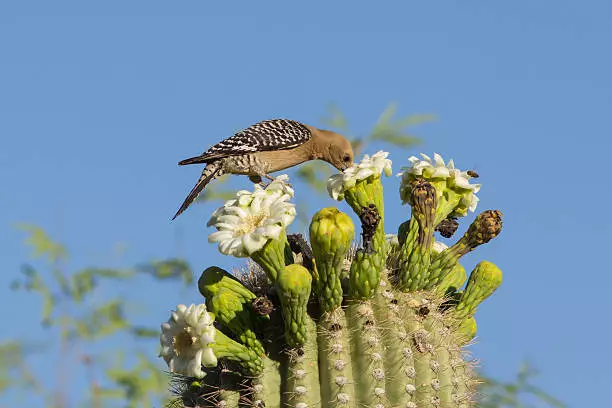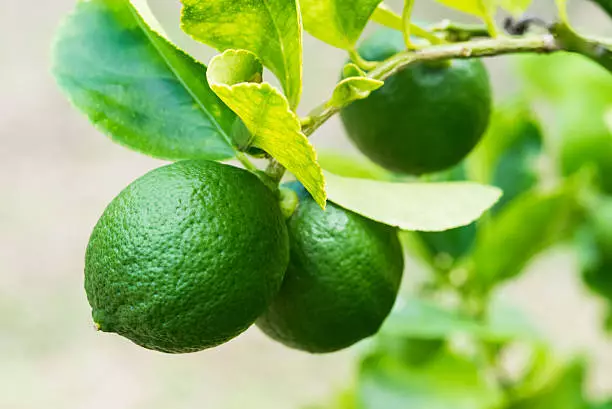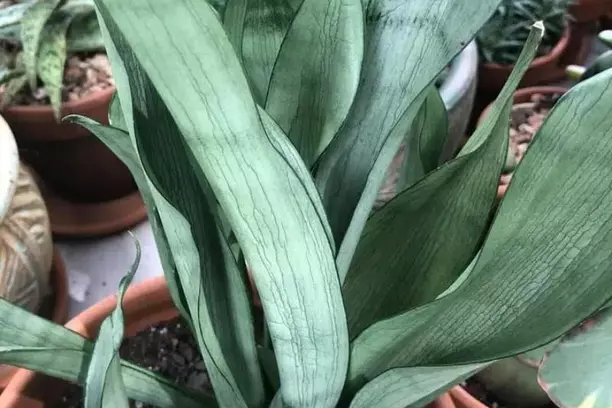For photosynthesis to take place, plants must receive sunlight, whether direct or indirect. Some species need direct sunlight, while others, like houseplants, can do just fine with indirect light. Even though sunlight is essential to all plants, they don’t all need over 6 hours of direct sunlight daily. Each plant species’ light requirements are different. So what exactly is indirect light, and how do plants benefit from it? Let’s find out.
What does indirect light for houseplants mean?
When the sun is bright, but the rays do not directly hit the plant, this is considered indirect light. Indirect light occurs when sunlight passes through a medium like the leaves of a tree, or window, or reflects from another surface before reaching a plant. Indirect light can be found in spaces with an east-facing window or inside a room that gets complete light from a south- or west-facing window.
RELATED: PLANTS THAT ARE BEST IN WEST-FACING WINDOW
The light in your house does not equate to the strength of direct sunlight outdoors. The indirect natural light that flows through a window ledge can be quite enough to feed a flowering plant.
You can boost sunlight with exceptional indoor lights invented to provide warmth and UV rays. When possible, still, let natural sunlight into your house to give indoor plants natural light since artificial light has its limitations.
Testing is the best way to establish if your plant is getting sufficient light. Plants exposed to extreme light may show dull leaves, brown ends, or patches. Insufficient light regularly causes the plant to look long and thin as it stretches towards the closes source of sunlight.
To make sure your plants receive enough sunlight, rotate the pots and vases frequently. You can also keep adjusting the position of the plants towards a more sufficient light area.
What does bright but indirect light mean?
Bright Indirect light is when the sun’s rays bounce off from another surface first before reaching your plant. Plants in bright, indirect light will project blurred, unclear shadows (Also known as soft shadows). You can also place your hand close to your plant, and if you get a faint shadow, then the plant is getting bright indirect light. If you get a hard shadow, your plant is getting direct sunlight.
Instead of relying on the soft shadow trick, you can measure the intensity of light with a device known as a light meter, and the unit of measurement is called lux/lumens or foot candles. Therefore, 100 lux or less is generally termed indirect or low-intensity lighting. Usually, a bright office has roughly 400 lux of illumination.
Also, bright indirect light is about 800-2000 foot candles and differs based on the position of the plant. Factors aspects like the time of day, outdoors or indoors, and which way the meter is facing can also affect the readings you’ll get.
Note: 1 lux = 0.0929 foot-candle
Lux is equivalent to one lumen per square meter.
Where do I put my plants for indirect sunlight?

As stated above, the position of the plants matters more, especially the houseplants. The target here is to expose them to adequate indirect sunlight for them to thrive. Nevertheless, it is crucial to know the type of plant you have as it will determine the amount of light it requires.
To begin with, study your space at different times of the day and find out which places receive direct sunlight and indirect sunlight. When setting the plants, remember to probe for any heating vents or AC, and don’t put the plant directly underneath them. These devices emit a lot of heat which may dry out your soil often.
East-facing windows: Windows that face east offer bright indirect light for a more significant part of the day. Conversely, in early autumn and late spring, move the plants a few feet from the windows or shield the windows with a sheer curtain for the plants to be safe and get the most out of it. Plants that flourish in this light include the spider plant, asparagus fern, or the umbrella plant.
West-facing windows: Sunlight from west-facing windows is too strong for many plants, particularly in the afternoon. But, the light is indirect in the morning and afternoon. Before placing the plant, shield a west-facing window with a blind or transparent curtain on sunny afternoons. Plants that thrive in this light are shrimp plants, Christmas cactus, and croton.
North-facing windows: Windows that face north do not get bright indirect sunlight. The light intensity is excessively low for individual plants and may call for new fluorescent bulbs or grow lights. Still, numerous plants prosper when placed very close to the window. Plants with a preference for this type of low light are parlor palm, bird’s nest fern, arrowhead vine, and dumb cane.
South-facing windows: Sunlight from south-facing windows is hot and bright for many houseplants, with the exemption of succulents and cacti like tiger aloe, kalanchoe, or jade plant. Nonetheless, to achieve indirect light, place the plant no less than 2 feet from the southern window or cover it with a blind/sheer to sieve the light.
How do you measure indirect light for plants?
Too much or too little light can traumatize a plant, which causes them to be more liable to pests, diseases, and untimely death. Luckily, there’s enough information about the ideal light intensity for most houseplants. But it doesn’t hurt to test with various intensities by measuring different parts of your house.
Since most of the indirect light is reflected, a lot of factors come into play when measuring. It’s difficult compared to direct outdoor sunlight which doesn’t go through several obstructions. Nevertheless, you can still come up with accurate measurements. I have shared an easier way and a more sophisticated way of measuring indirect sunlight.
To measure the amount of indirect light for your plants, use the following methods;
Measure using the shadow
This is a method I mentioned earlier. If you have already placed your plants, observe the shadow it makes.
A soft shadow means indirect light. Soft means blurry, moving shadows. A full shadow, like the one you’d get when outside, means that that point is receiving direct light and may not be ideal for houseplants.
Measure with a light meter
As I also stated earlier, the amount of light or illumination is measured by a light meter tool. A light meter measure in LUX is more comfortable to translate to foot candles by using conversion rates (1 lux=0.0929 foot candles). Lux is appropriate for measuring sunlight and is commonly considered the standard way to measure light. Better yet, you can easily install a light meter on your phone.
However, if you want to get precise with your light readings for plants, use a PAR (Photosynthetically Active Radiation) meter and a foot-candle meter.
PAR meters are more expensive, but they correctly measure light in the 400-700 nanometer range and are built to measure plant light. They measure by counting the photons. A foot-candle meter measures the human perceived brightness and may not be very effective, but they are considerably cheaper.
PAR
PARs often have a sensor. Therefore, to effectively measure the light, place the sensor close to the plant and point to the direction the light is coming from. You can keep adjusting the position to get an average of the amount of light reaching your plant.
Since the PAR counts the photons, it measures in moles per second. It may be hard to convert these units to LUX or foot candles, but a 4000 reading equates to sunlight. An average of 500 units shows your plant may be getting bright light.
Foot Candle Meter
This one is easier to use since it does measure in LUX and foot candles. Just like the PAR, it has a sensor that you point in the direction of light and gives you the readings. Most of them have three channels, fluorescent light, sunlight, and bright sunlight.
Signs of too much or too little indirect light for indoor plants
How much is too much or too little can be tricky to determine, especially when every plant is different?
Yet, there is a difference between light intensity and light duration. Light duration is the hours a plant is exposed to light daily. In contrast, the light intensity is the capacity of light per unit area, commonly measured in foot candles or Lux, and each of these affects a plant differently. However, the light intensity is what causes the most harmful effects on a plant.
Signs that your indoor plant is getting too much light:
- Brown leaf ends or spikes
- Brown, dry spots on the leaves
- Leaves change pale or yellow, mainly those extremely exposed to the light.
- Yellowing may be first visible in the leaf points
- Withering, mostly of newer foliage
Signs that your houseplant is getting too little light:
- Yellowing and wilting of the leaves
- Underdeveloped leaf growth
- Thin plants, few flowers
- Stretched stems
- Dull chlorophyll
In addition to water, light is the most significant component of growing healthy plants. Many types of plants can survive in poor soil or endure without fertilizer, but no plant will live for an extended period without light. It’s essential to make sure your plant is getting enough light.
Luckily, you can find information on the lighting each plant needs, and there are now tools that can help you identify the best place to place your plants for optimum growth.



